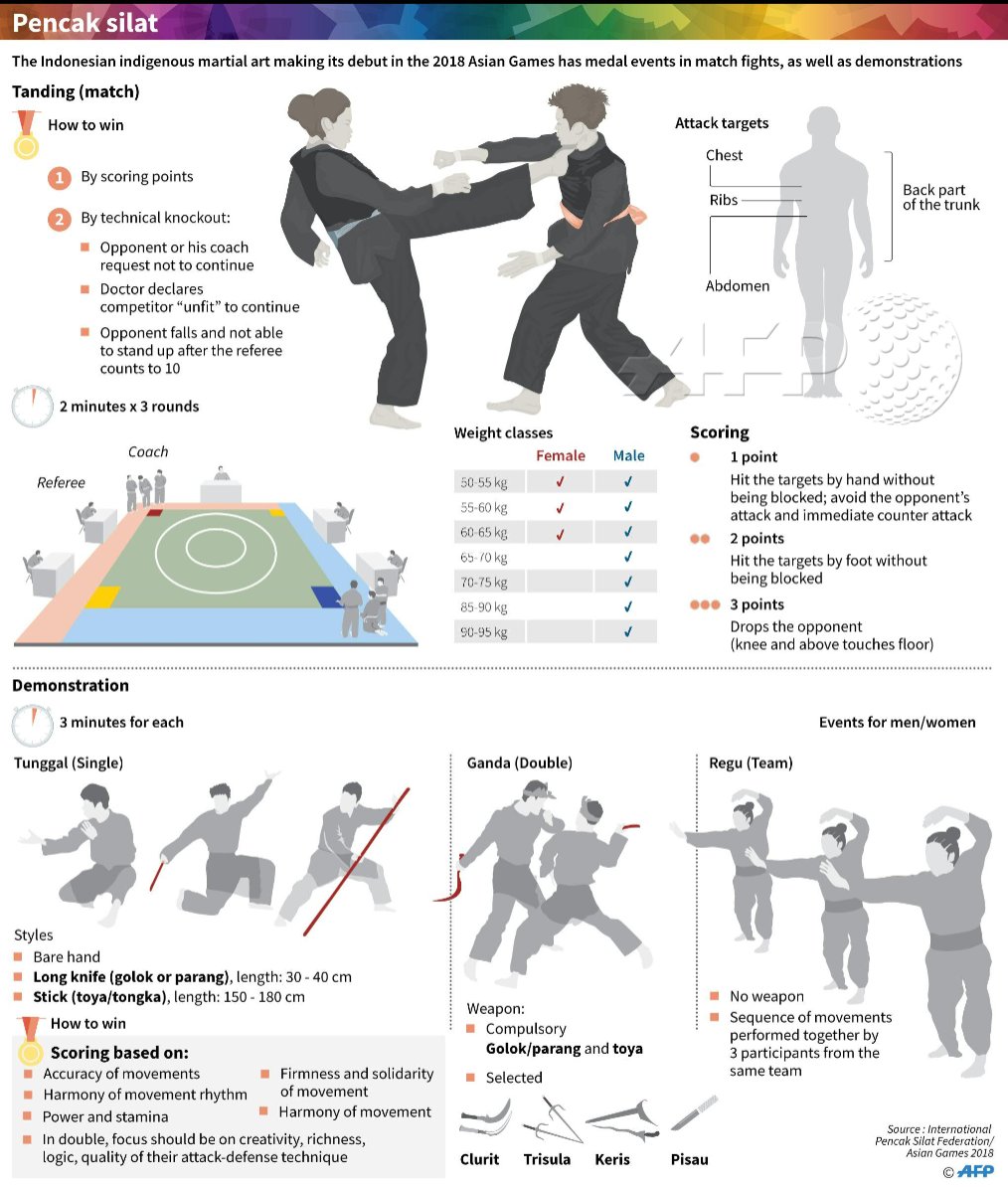The Chronicle And Growth Of Martial Arts: An Assessment Of Its Historic Beginnings And Development Into Modern Techniques
The Chronicle And Growth Of Martial Arts: An Assessment Of Its Historic Beginnings And Development Into Modern Techniques
Blog Article
Content Author-Borup Sun
Step into the globe of martial arts, where ancient origins and modern techniques collide in an exciting journey of self-control and self-discovery.
As you look into the background and evolution of this captivating art kind, prepare to be mesmerized by the cultural influences, technological advancements, and extensive ideology that have actually formed it over centuries.
From the field of battles of ancient civilizations to the training grounds these days, martial arts have stood the test of time, continuously adjusting and growing.
Each strike, each motion, brings with it the weight of many years of tradition and wisdom, passed down with generations. This is a story of strength, of warriors that sought not only physical prowess, yet also self-confidence and harmony.
Join us on this remarkable exploration as we discover the tricks, the tales, and the transformational power of martial arts.
Prepare to be motivated, tested, and permanently changed by the history and evolution of martial arts.
Social Influences on Martial Arts
As you check out the background and evolution of martial arts, you'll swiftly uncover the fascinating ways in which cultural influences have shaped these fight techniques.
From the ancient worlds of China and India to the a lot more recent advancements in Japan and Brazil, martial arts have actually been heavily influenced by the cultures in which they came from.
As an example, Chinese martial arts, such as Kung Fu and Tai Chi, are deeply rooted in the philosophy of Taoism and the concept of Yin and Yang.
In contrast, Japanese martial arts, like Martial arts and Judo, reflect the samurai warrior customs and the worths of discipline and honor.
In a similar way, Brazilian fighting style, Capoeira, integrates components of African dancing and songs, mirroring the cultural heritage of African servants in Brazil.
These cultural influences not just offer each fighting style its one-of-a-kind qualities yet additionally supply a much deeper understanding of the historical and social contexts in which they developed.
Technological Developments and Martial Arts
With the rise of innovative weaponry and innovative training tools, you've had the ability to improve your skills and adjust to the ever-changing combat landscape.
Technological advancements have actually reinvented the method martial arts are practiced and shown. Virtual reality simulations now enable you to train in practical battle situations without the risk of physical injury. High-speed electronic cameras record every action, enabling you to evaluate and excellent your strategies. Wearable gadgets monitor your heart rate, breathing, and muscle activation, providing immediate comments on your efficiency.
Additionally, the growth of customized equipment, such as resistance bands and agility ladders, has actually allowed you to improve your speed, stamina, and dexterity. These technical advancements have not only made training more efficient however have additionally pushed the borders of what is possible in martial arts, allowing you to get to brand-new heights in your method.
The Approach and Principles of Martial Arts
The philosophy and concepts of martial arts are deeply rooted in shaping your attitude and instilling technique, focus, and respect in your technique.
1. Frame of mind: Martial Arts teaches you to establish a strong and resilient attitude. It enables you to get rid of obstacles both on and off the mat, pushing your limits and being determined in the face of hardship.
2. Self-control: Martial Arts demands technique and self-control. Through normal training and adherence to strict policies and strategies, you discover to regulate your impulses and create a solid job principles.
3. Emphasis: Martial Arts calls for intense focus and concentration. By educating your mind to be present in the moment, you improve your capability to react quickly and efficiently throughout combat situations.
4. Respect: Martial Arts highlights respect for oneself, instructors, educating companions, and opponents. It teaches you to value the abilities and experiences of others, promoting a sense of sociability and sportsmanship.
Conclusion
Congratulations on finishing your journey with the captivating globe of martial arts! Throughout this expedition, you have experienced the rich history and remarkable development of these battle techniques.
From martial arts classes for kids to the modern-day techniques we see today, martial arts have been formed by social impacts.
Read the Full Guide of innovation has also played a significant duty in transforming the method martial arts are educated and practiced in the here and now day.
Nevertheless, it is necessary to bear in mind that martial arts are greater than simply physical battle. They encompass extensive philosophies and leading principles that go beyond the simple act of fighting.
Take a minute to review this anachronistic experience and value just how the heritage of martial arts continues to thrive in today, going beyond time and boundaries.
